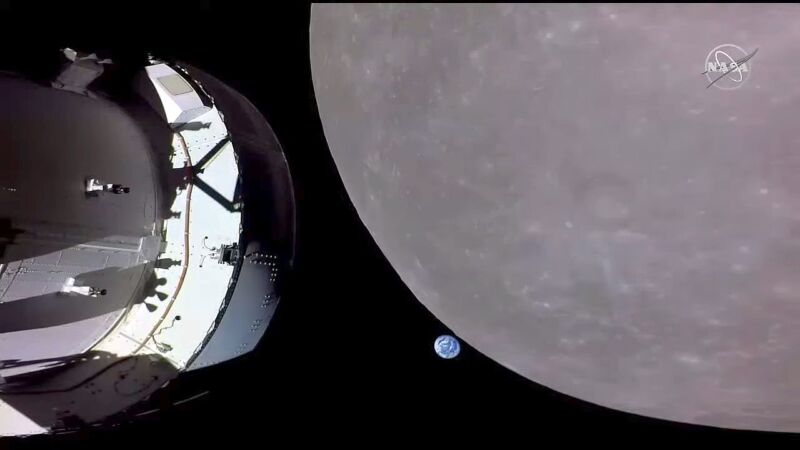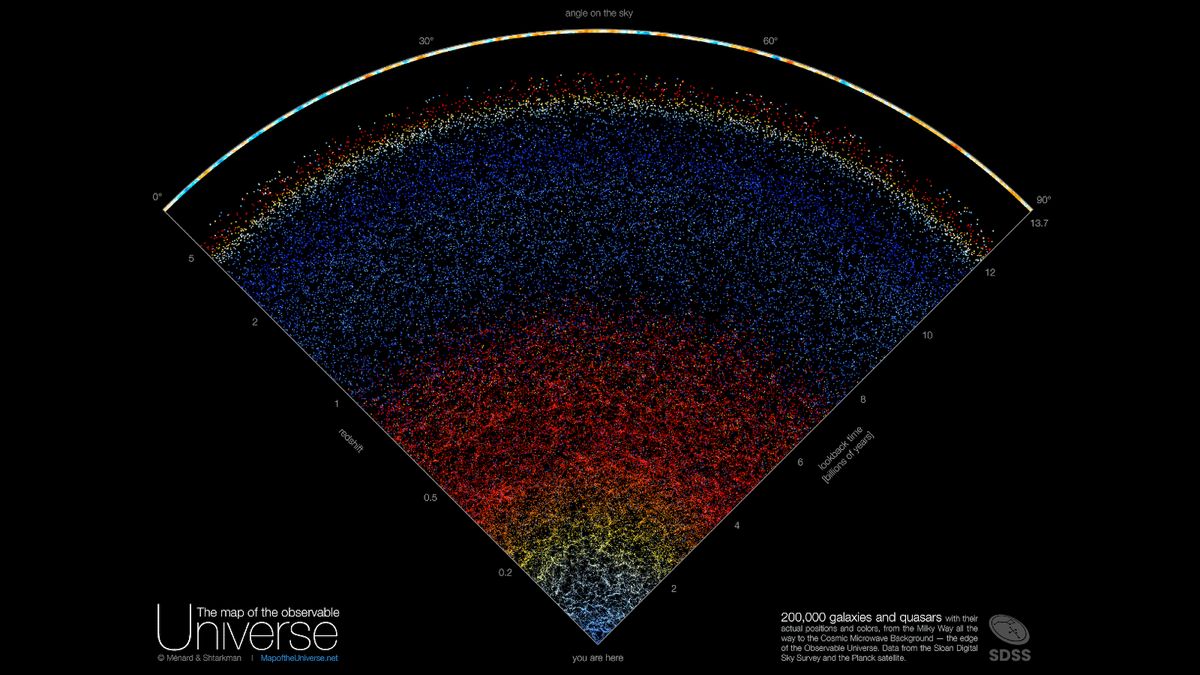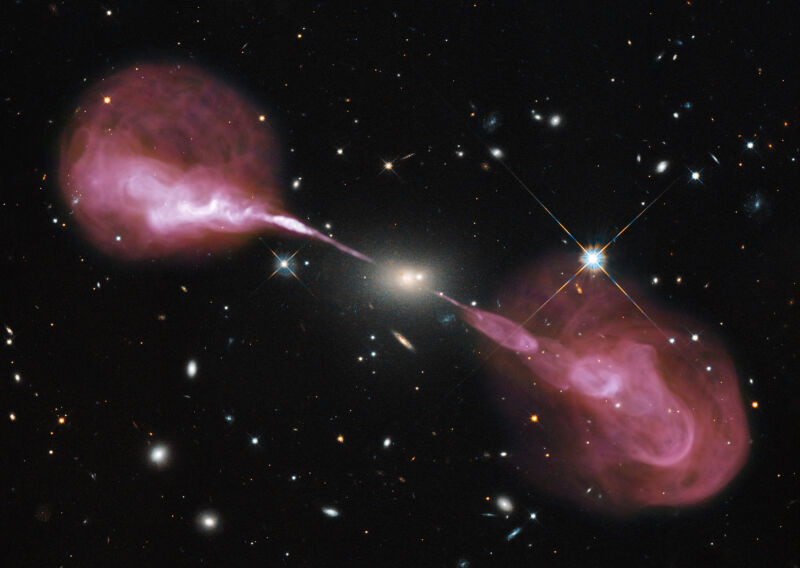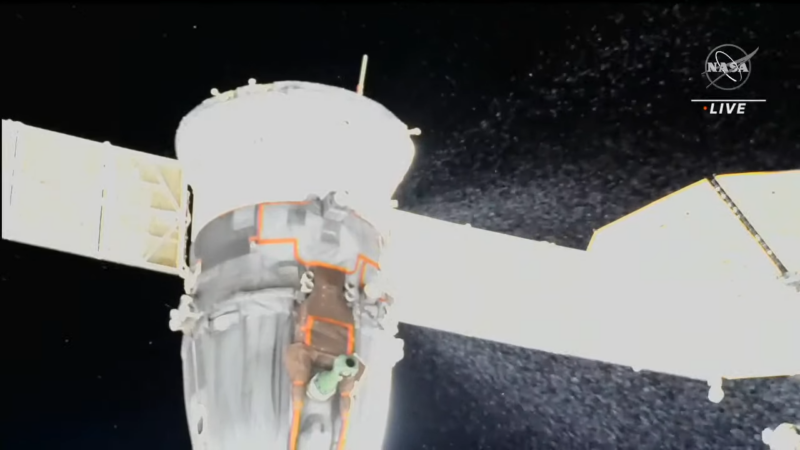- Joined
- Apr 1, 2005
- Messages
- 10,314
- Reaction score
- 6,263
What the image of the Milky Way’s black hole really shows
Swirling plasma around its edges will reveal more about galaxy’s history, evolution.
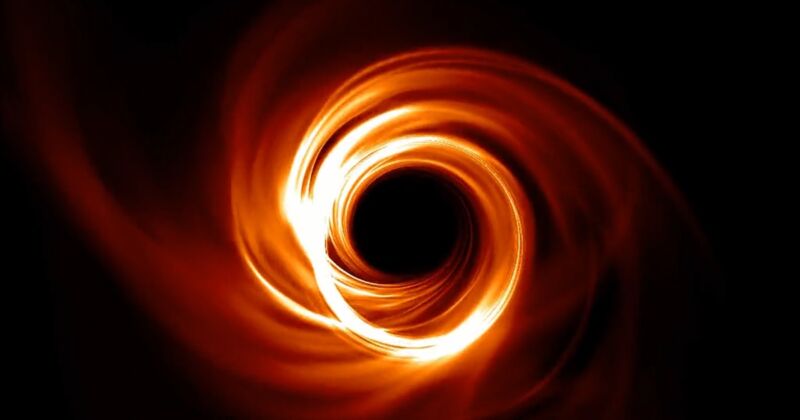
Enlarge / To create the first image of the Milky Way’s black hole, scientists ran numerous simulations of the swirling envelope of plasma that encircles it.




